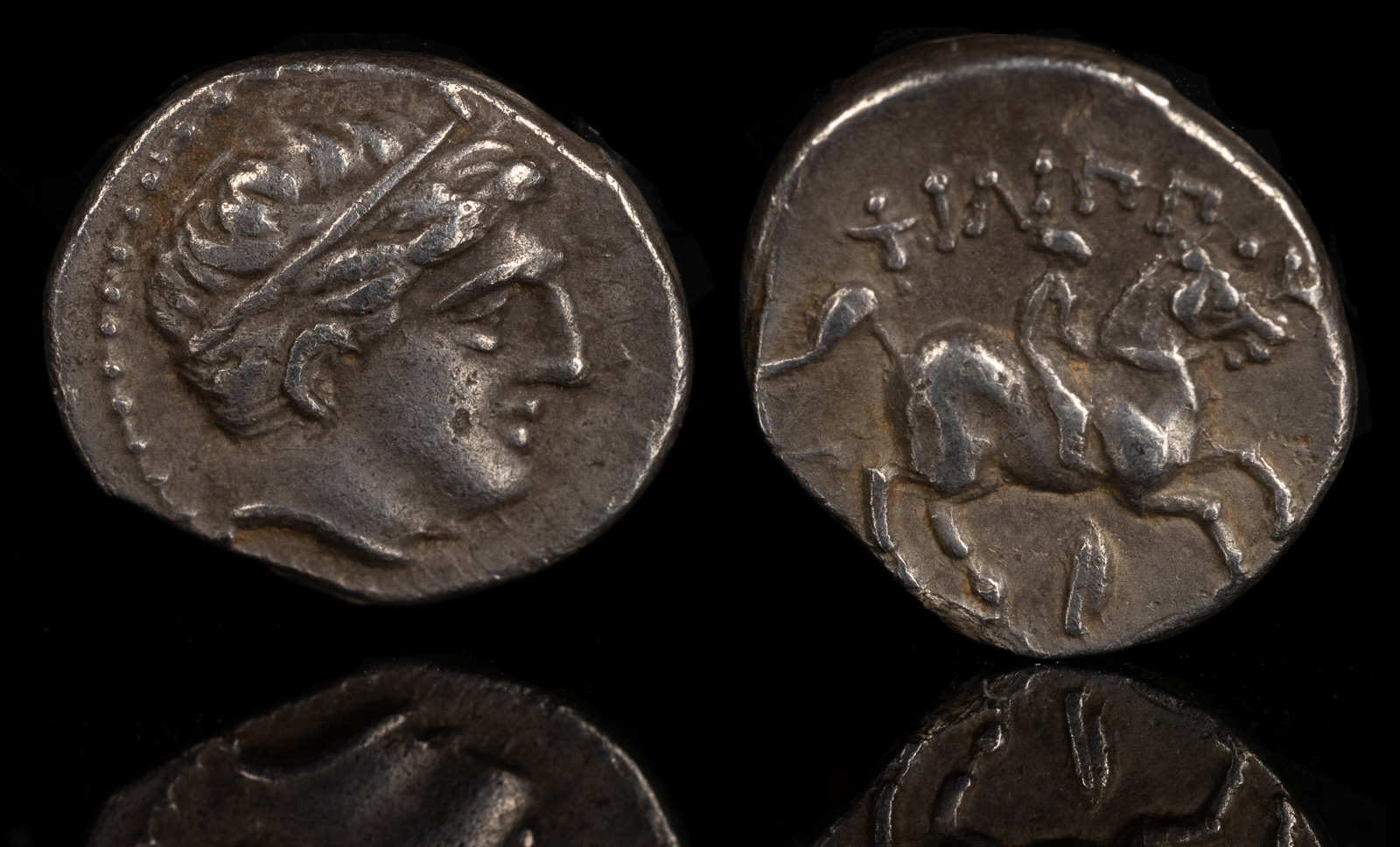Horse
View All Tags
In ancient Greece, the Thessalian horse was perhaps the most renowned breed. Thessaly, a region in central Greece, was known for its fertile plains and its tradition of horse breeding. These horses were highly prized for their stamina and strength, making them ideal for both military and chariot racing. The Thessalian horses were often large, robust, and capable of withstanding the physical demands of battle, as well as being fast enough to excel in the athletic competitions held during events like the Olympic Games. These horses were often used in horse-racing, an important aspect of Greek culture, and were seen as a symbol of nobility and prestige.
In addition to the Thessalian horses, Arabian horses were highly prized in both Greece and Rome. The Arabian breed is one of the oldest and most influential horse breeds in history, known for its endurance, intelligence, and graceful build. Although Arabian horses were originally from the Arabian Peninsula, they were highly sought after by the Greeks and Romans for their superior speed and agility. The Romans especially valued these horses for their use in cavalry units. The Arabian horse’s sleek appearance and ability to endure long marches and rough terrains made it highly suitable for warfare and long-distance travel.
In ancient Rome, the Numidian horse, native to North Africa, was also highly valued, particularly for its role in cavalry units. Known for being smaller than other breeds, the Numidian horses were extremely fast and agile, which made them ideal for the light cavalry used by the Romans in battle. These horses were often used by the Roman legions in skirmishes and hit-and-run tactics, where speed and maneuverability were key. The Numidians were often depicted as warhorses in Roman art, and their skill in battle was legendary.
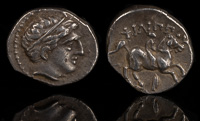
Adea Eurydike 318-317 BCE
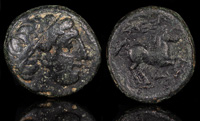
Alexander II 370-367 BCE
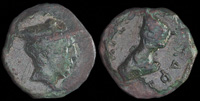
Alexander of Pherai 369-359 BCE

Alexander riding Bukephalos 238-244 CE
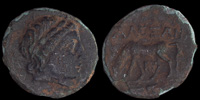
Alexandreia, Troas 3rd century BCE

Alexandreia, Troas 3rd century BCE
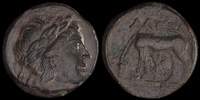
Alexandreia, Troas 3rd century BCE
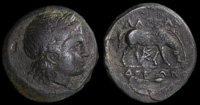
Alexandria, Troas 281-261 BCE

Amphipolis, Macedon ca 187-167 BCE

Antioch, Syria 312-281 BCE
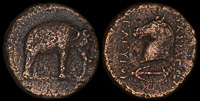
Apameia, Syria 300-281 BCE

Ariaramnes 280-230 BE
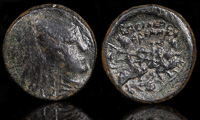
Arsames I 240 BCE
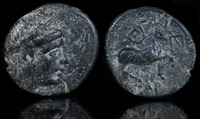
Atarneos, Mysia 400 BCE
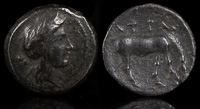
Atrax, Thessaly 3rd-2nd cent BCE
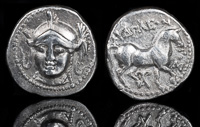
Audoleon 315-28 BCE
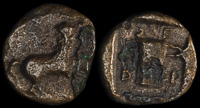
Bizye, Thrace 405-387 BCE
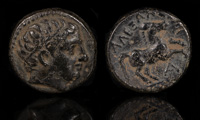
Bucephalos 336-323 BCE
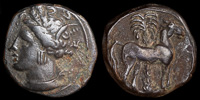
Carthage 400-350 BCE
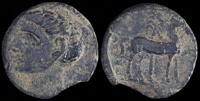
Carthago Nova, Spain 209-205 BCE

Choma, Lykia ca 1st century BCE
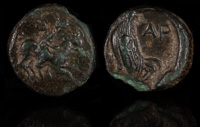
Dardanos, Troas 300-200 BCE

Delayah 375-333 BCE
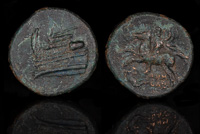
Demetrios Poliorketes 300 BCE
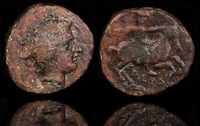
Derdas II ca 380 BCE
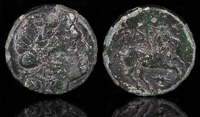
Gargara, Troas 4th century BCE
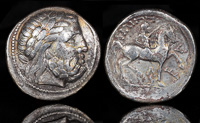
Gauls 315-275 BCE

Gyrton, Thessaly 299-200 BCE
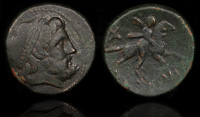
Halos, Thessaly 3rd century BCE
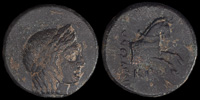
Ionia, Kolophon 330-285 BCE
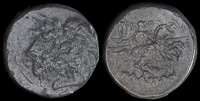
Ionia, Kolophon ca 330-285 BCE
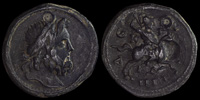
Isinda, Pisidia 100-0 BCE
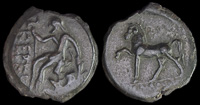
Karkinitis, Tauric Chersonesos 300-290 BCE
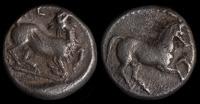
Kelenderis, Cilicia 350 BCE
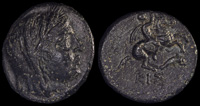
Kisthene, Mysia 4th century BCE
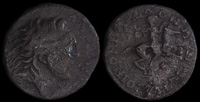
Koinon of Macedon 220-244 CE
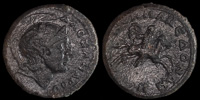
Koinon of Macedon 222-235 CE

Koinon of Macedon 222-235 CE
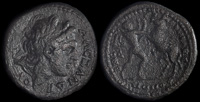
Koinon of Macedon 238-244 CE
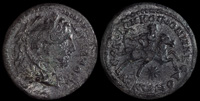
Koinon of Macedon 239-244 CE

Koinon of Macedon 239-244 CE
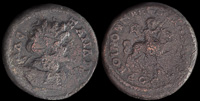
Koinon of Macedon 244-249 CE
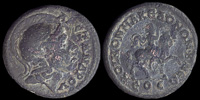
Koinon of Macedon 244-249 CE
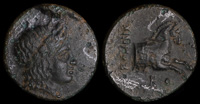
Kolophon, Ionia 330-285 BCE
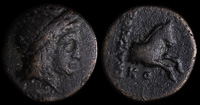
Kolophon, Ionia 330-285 BCE

Kolophon, Ionia 360-330 BCE
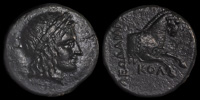
Kolophon, Ionia 360-330 BCE

Kolophon, Ionia 360-330 BCE

Kolophon, Ionia 360-330 BCE
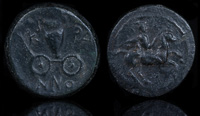
Krannon, Thessaly 350-300 BCE
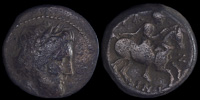
Krannon, Thessaly 350-300 BCE
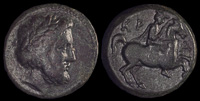
Krannon, Thessaly 4th century BCE
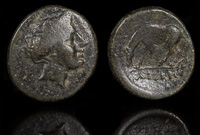
Larissa
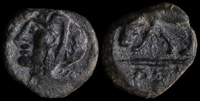
Larissa Imitation? 4th century BCE

Larissa, Thessaly 380-337 BCE
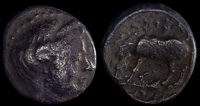
Larissa, Thessaly 380-337 BCE
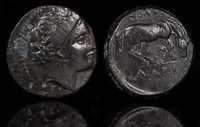
Larissa, Thessaly 4th century BCE
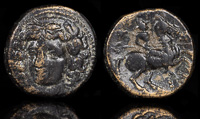
Larissa, Thessaly 4th century BCE
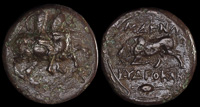
Magnesia ad Maeander 350-200 BCE
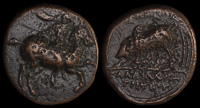
Magnesia ad Maeander 350-200 BCE

Magnesia ad Maeander 350-200 BCE
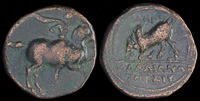
Magnesia ad Maeander ca 350-200 BCE
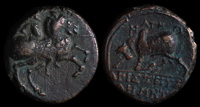
Magnesia ad Maeander, Ionia 350-200 BCE

Magnesia ad Maeandrum 350-200 BCE

Magnesia ad Maeandrum 350-200 BCE

Magnesia ad Meander, Ionia 350-200

Maroneia, Thrace 398-346 BCE
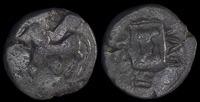
Maroneia, Thrace 398-348 BCE
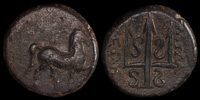
Mylasa, Caria 300-100 BCE
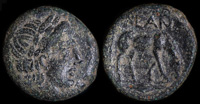
Neandria, Troas 350-310 BCE
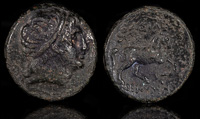
Nikomedes I 280-250 BCE
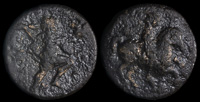
Olosson, Thessaly 400-350 BCE
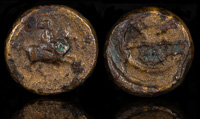
Ophellas 322-313 BCE
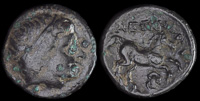
Orchomenos(?) 336-323 BCE
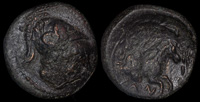
Orthe, Thessaly 4th-3rd cent BCE
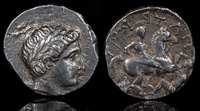
Patraos 335-315 BCE

Peirasia, Thessaly 4th century BCE
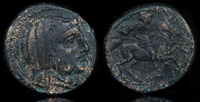
Pelinna 4th-early 3rd centuries BCE
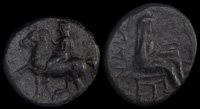
Pelinna, Thessaly 350 BCE
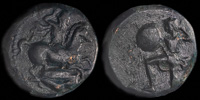
Pelinna, Thessaly 425-350 BCE

Phakion, Thessaly 3rd century BCE
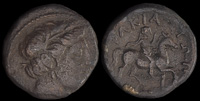
Phakion, Thessaly ca 300-200 BCE
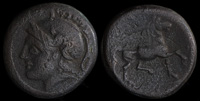
Phalanna, Thessaly 325-300 BCE
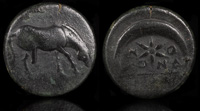
Pharkadon, Thessaly 400-350 BCE
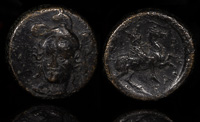
Pharsalos, Thessaly 4th-3rd cent BCE
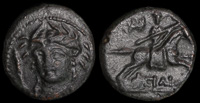
Pherai, Thessaly 300 BCE
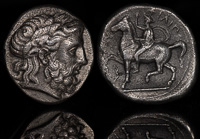
Philip II 354-349 BCE
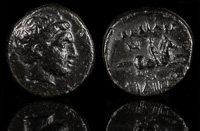
Philip IV 4th – early 3rd BCE
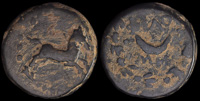
Philomelion, Phrygia Early 1st Century CE
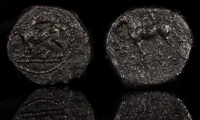
Pumiathon of Kition 362-312 BCE

Seleukeia ad Kalykadnon 200-0 BCE
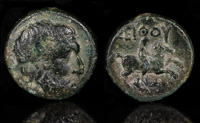
Seuthes III, Thrace 324-312 BCE
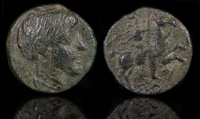
Skostokos, Thrace 277-260 BCE
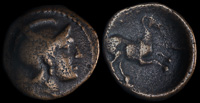
Skotussa, Thessaly 3rd century BCE
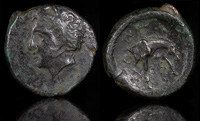
Skotussa, Thessaly 4th cent BCE

Spithridates 334 BCE

Syennesis 440-400 BCE
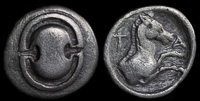
Tanagra, Boeotia 4th century BCE
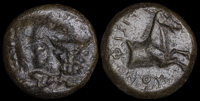
Teisiphon

Teisiphon, Pherai 359-353 BCE
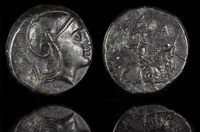
Tissaphernes 400-395 BCE
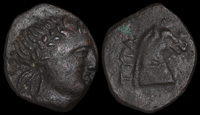
Tyra, Scythia 310-300 BCE
